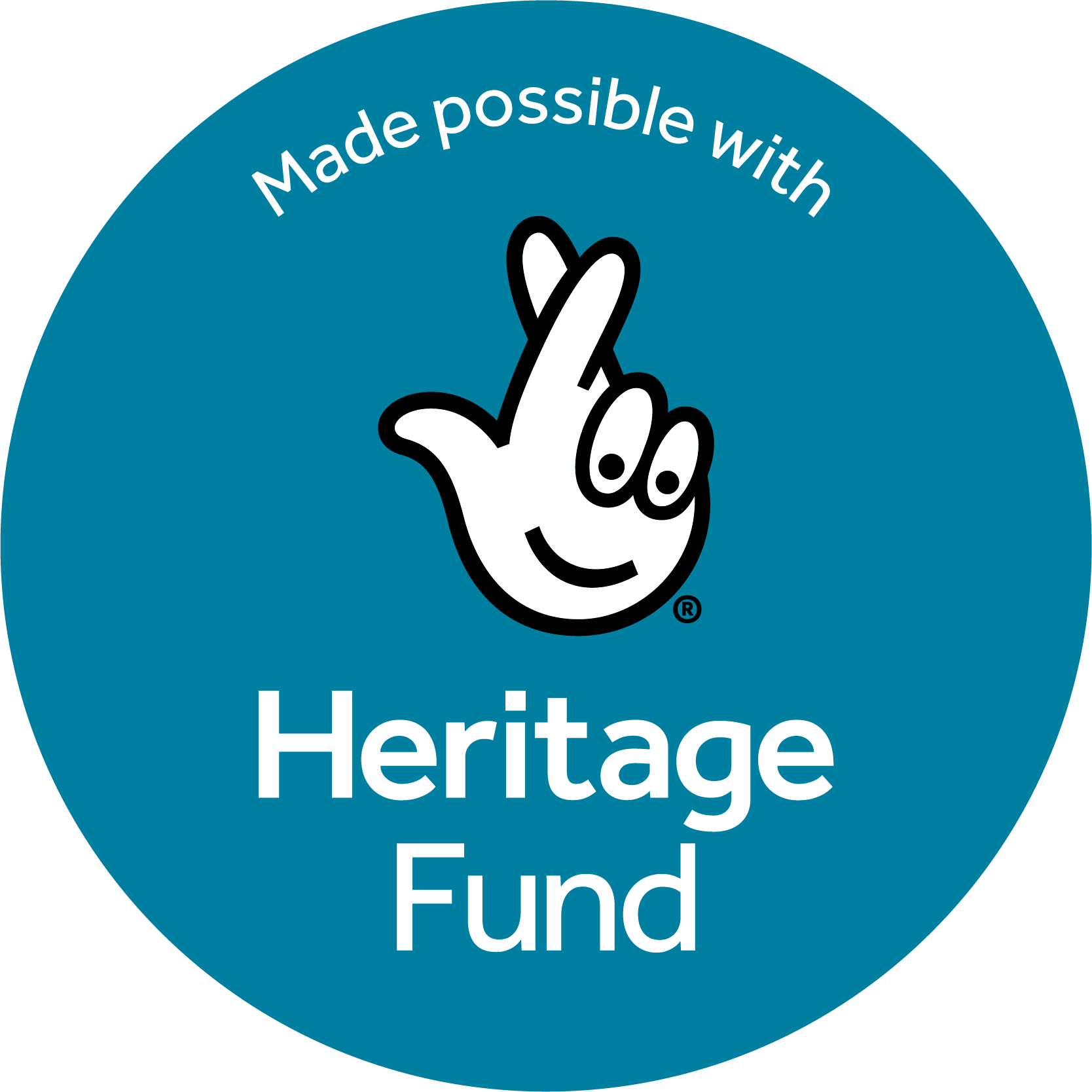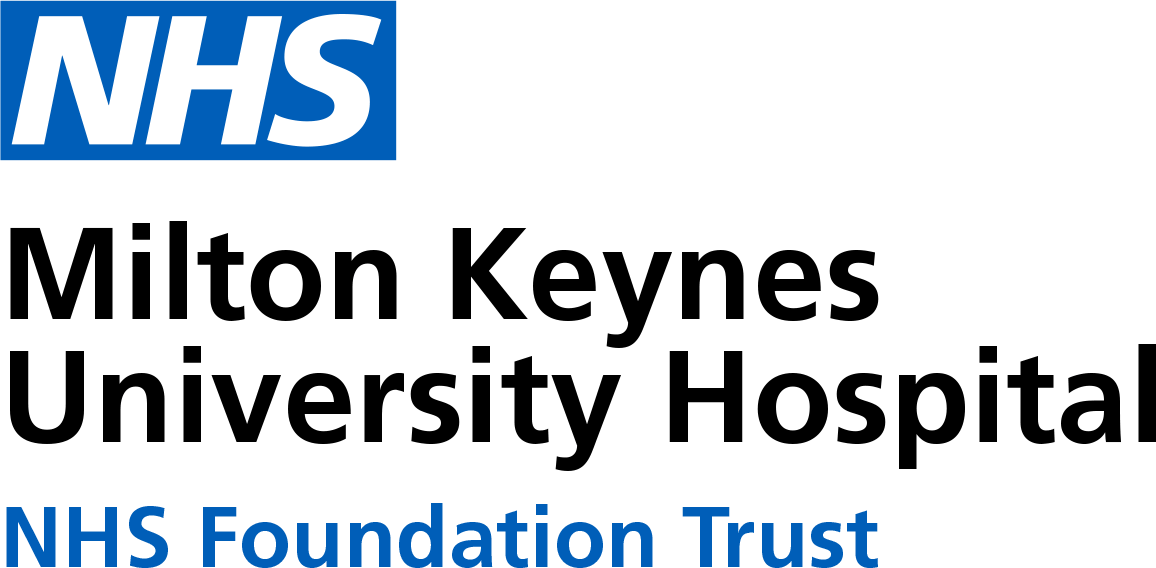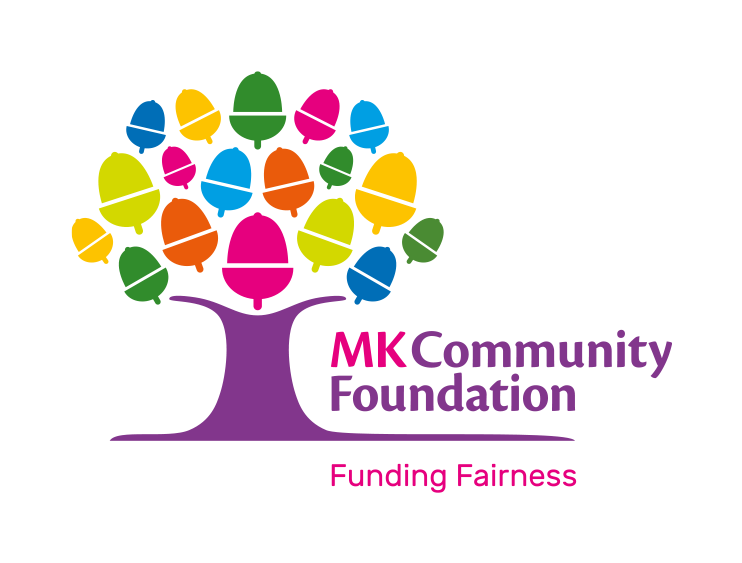Feature Friday: an interview with artist Hannah Wilson
15 May 2018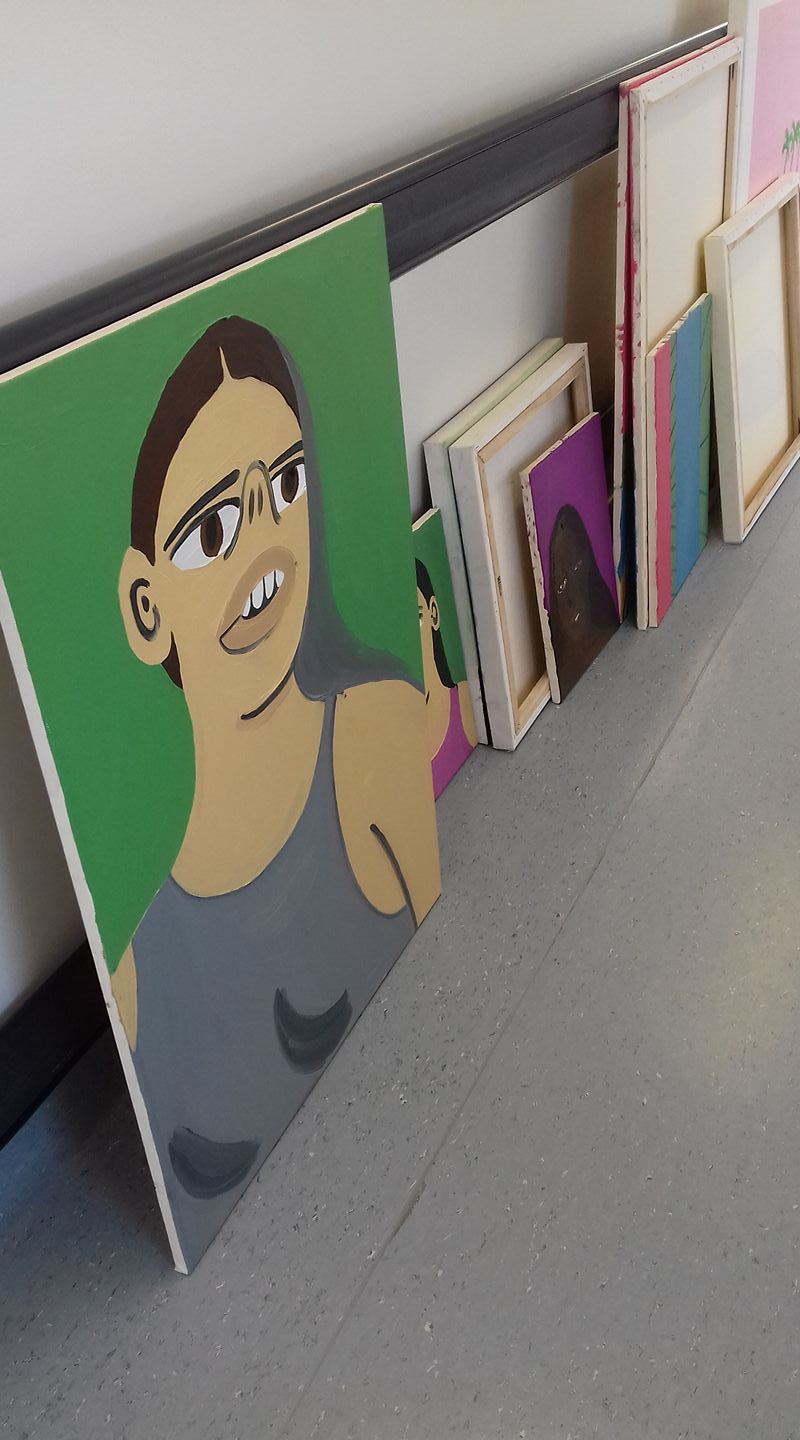
Firstly would you tell us a bit about your fine art practice and process?
All of my works are painted very quickly, not usually taking any longer than a day. When I first started oil painting it acted as a way for me to get over my fears about drawing and to get used to the medium of oils, which can be quite intimidating. I found that it was a process I really enjoyed and since then I’ve found that I don’t like to work on one painting for too long. It helps to keep everything quite fresh, and maintains a sense of excitement and unpredictability whilst making the work.
The subjects of my paintings are typically girls from my imagination. I work from my imagination because I find that if I work from one particular image I get too tied up in thinking if it’s ‘good’ or if it matches what it is I’m trying to depict. There’s a freedom that comes with it, and the lack of any obvious visual cues enables people who look at the work to get their own feelings from it because it isn’t something which is pre-defined.
The hospital as an exhibition space can be quite challenging, they are public spaces with the main function being to deliver healthcare. The audience for example is not the niche you get in a gallery or museum. As a fine artist, how did you feel exhibiting your work in an environment that’s main function was not the display of art?
I was excited to show my work in the hospital because I think it’s really important to exhibit in spaces which aren’t typically made for art. The environment of a White Cube space can tend to feel like it’s quite exclusive, and can be difficult for a wide range people to engage with. Having work displayed in the hospital meant that art was then there for people who might not usually get to see it, which was also a challenge for me as it pushed me to consider my work as part of a wider perspective. There is a tendency for work that artists make to only be viewed by one audience, which can become quite safe, so it was a great opportunity for me to really assess my practice.
As a curator the challenge I find is trying to find art everyone likes. It’s an odd environment because if I was working in a gallery, I would be less concerned with what people like as I believe art goes beyond simply aesthetic, it’s a lot more complicated and to do with taste. Perhaps having an art education for me makes displaying art for a general public more difficult, I want to provide the audience with work they can respond to without needing too much information. The hospital isn’t a space where people can spend the average 15–30 seconds in front of the painting, if anything they spend less than that walking through the corridor.
Curiously I often feel people who have not necessarily studied art, speak their opinion more openly than your art audience would. I know that your work created quite a stir in terms of responses when we were installing the work and I’m interested in how you respond to this?
I loved having the range of different responses. It’s great when people speak about art and aren’t worried about having to sound perfect, or like they ‘get it’. People who haven’t studied art or don’t come from an artistic background definitely don’t discuss work in the same way – in my experience at art school I found that conversations could tend to talk around the work instead of about what was in front of them. I have always liked that my work tends to evoke polar reactions from people, so to get to experience it in such a straightforward manner was great – it was really refreshing to have people see the work and have an instant reaction, not holding back or worrying that what they were saying wasn’t the right thing.

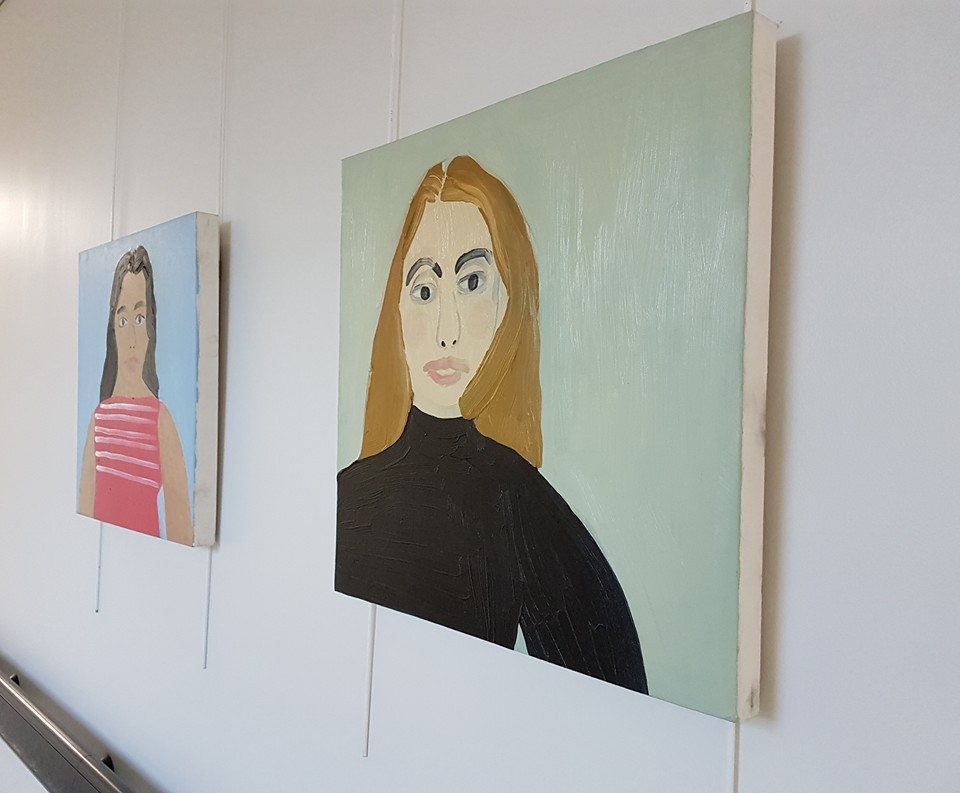
Is it important to you that people like your work?
It’s not important to me that people like it, though I would be lying if I said that if someone truly hated it that I wouldn’t care – but I would be interested to know what it was in my work that evoked that reaction. It’s more important to me that people feel something when they look at it. The work is relatively non-descriptive, so it’s interesting to see what it is that it brings out in people. Of course it would be brilliant if everyone liked them all of the time because so much of me goes into my practice, but actually it’s a good thing to have there be people who don’t like it. It challenges you to evaluate your own work, and keeps things interesting.
Have you found the experience interesting in reaching a wider audience?
Yes, definitely! I’m a big advocate for art being something accessible to everyone, so it was a real pleasure to be a part of the exhibition. It’s been great to be able to have my work viewed by so many people – especially people that might not ordinarily get to see it. I don’t think that art should be something constrained to a narrow audience and projects like this bring art into a wider consciousness and discourage the notion that art is an untouchable thing.
How would you justify your work to an audience that isn’t a fine art audience?
I generally tend to hope with my work that people will look at it and not have to analyse it, so I would probably justify it just the same as I would to a fine art audience. When people look at my work I want them just to look, and to be able to feel what they’re feeling and let their own narratives build in their head. Aspects like the aesthetic of them, such as the funny noses or the fast way that they’re painted can be a bit more difficult to explain to a public audience because they can be written off quickly as a bad painting. Whereas with an art audience I’ve found they tend to look a little deeper into it initially. However if challenged on it I wouldn’t feel any need to justify my work, I would be more interested to hear what their honest reaction is.
Having now shown work in Milton Keynes Hospital, I’m interested to know what your opinion of art in healthcare is?
Art in healthcare is a great way to get people to engage with treatment and to approach their health in a different way, whether it be with mental health or dealing with issues like chronic pain. I got to experience it first-hand taking part in the Arts For Health workshops, which encouraged people to be embrace their creativity and not worry about making work that was perfect. Making art is a really brilliant outlet, so to have it be a part of healthcare is wonderful.
Do you think your exhibition in the hospital will influence the way you work in the future?
Yes, getting to work with the public has encouraged me to continue to try and make art accessible to everyone, and to consider it in a wider context. What I displayed in the show was a real mix, some of it was work I’d made whilst at art school and others were ones that I’d made since graduating. It was good to be able to step back and look at my work and how it’s changed over time, and to get to work with people who challenged me.
What have you got coming up next?
I’m currently working on a couple of group shows in London, and recently took part in the exhibition ‘Be Bold For Change’ with adam&eveDDB as a part of International Women’s Day.
_
Roisin Callaghan in conversation with Hannah Wilson.
Find out more: hannahrosewilson.co.uk


